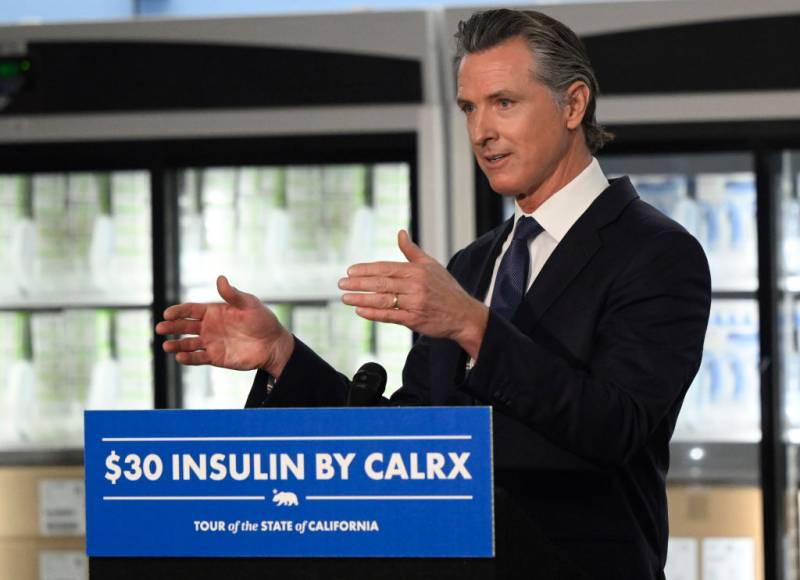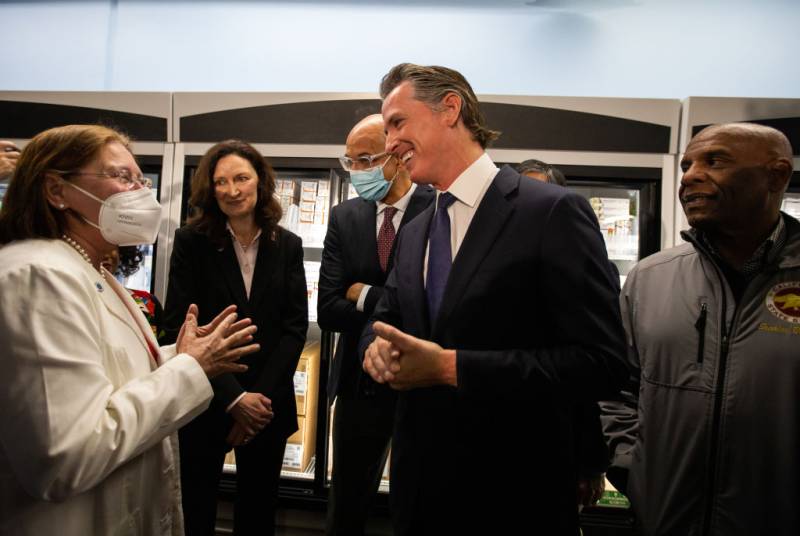Updated Sunday at 2 p.m.
The state of California and a generic drug manufacturer announced a 10-year partnership Saturday to produce affordable, state-branded insulin that they hope will rival longtime producers and push down prices for a medication used by millions of Americans.
The product is not expected on store shelves until at least next year, and it was difficult to predict what effect it would have on a market already shaken by change. Earlier this week another major insulin maker promised steep price cuts as pressure builds on drugmakers and insurers to slash the cost of the drug.
For those who have been fighting for insulin access, it is a welcome win. “I am elated. I was getting texts all yesterday and the day before,” said Kevin Wren, a patient advocate and volunteer with California #Insulin4All. “This is huge for everyone with diabetes.”
Wren said the price of insulin has risen exponentially since he was diagnosed with diabetes in 2001. “I survived when many have not,” Wren said. He added that something like this on the state level is a win for everyone, especially for those with insulin-dependent diabetes in California.
“We’re getting another, other major win in the fight for insulin access,” he said. Back in 2009, he rationed his own insulin because he didn’t have enough money to afford the cost of rent and groceries in addition to insulin — “making one vial last twice as long by having smaller doses or using less and just letting my blood sugar run high, which makes you feel terrible,” Wren said.
#Insulin4All is trying to work at the federal level to advocate for a price cap on insulin nationwide.


